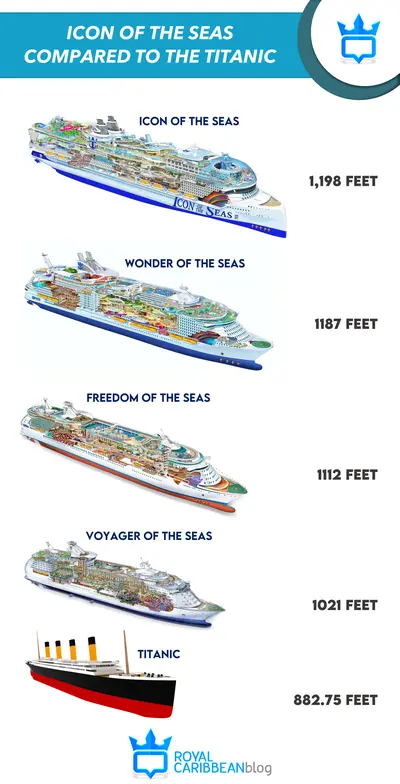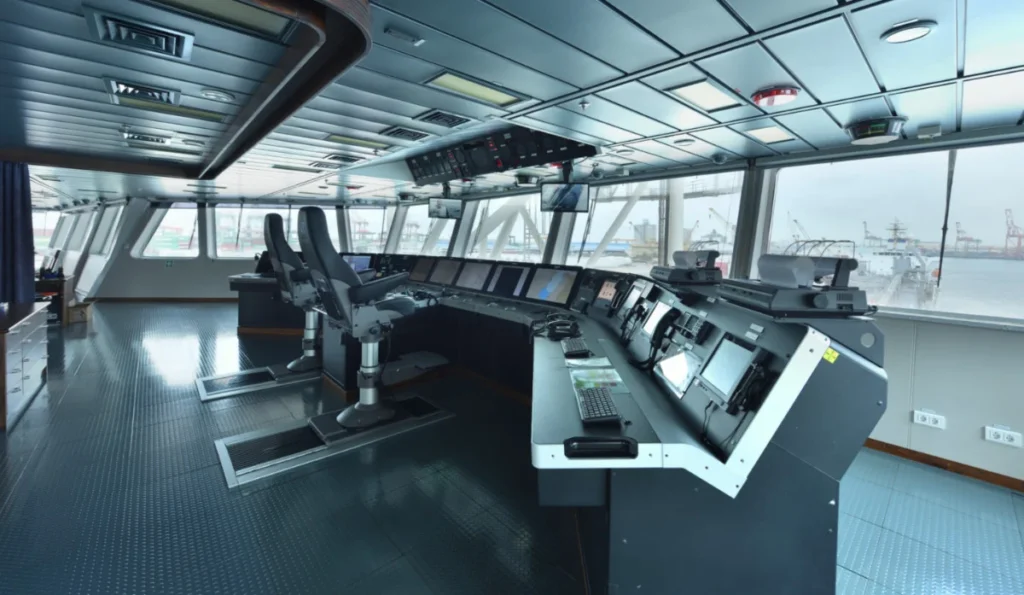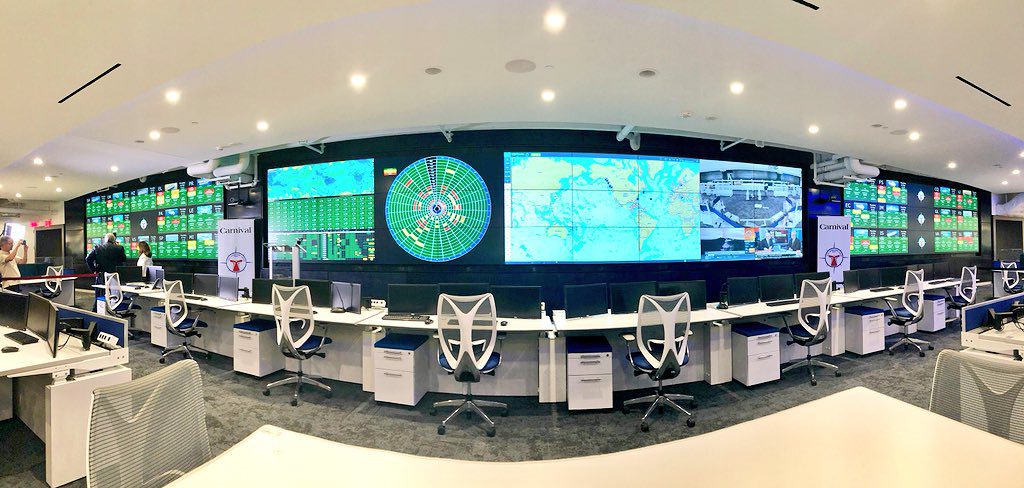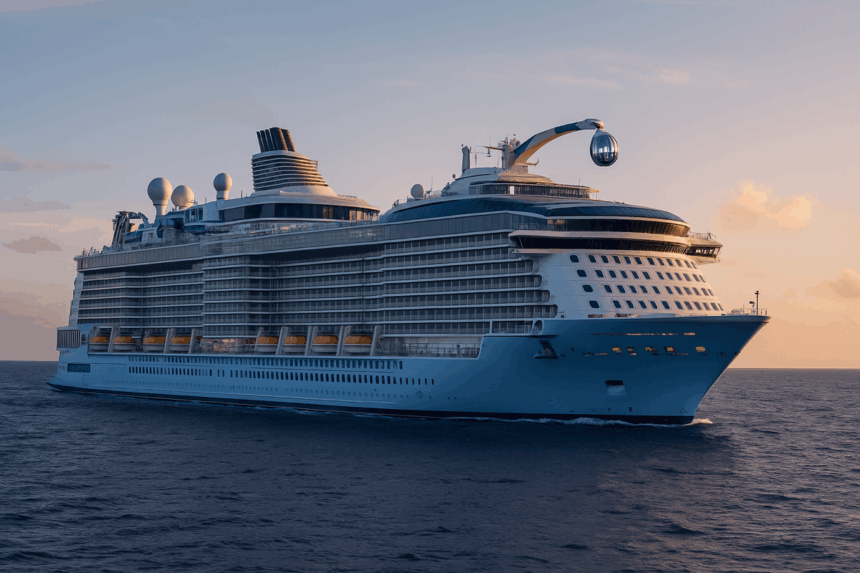Bigger, Smarter, and More Fun on the High Seas
Mega-sized cruise ships are becoming the new normal, combining technology, entertainment, and scale like never before. In 2024 and beyond, travelers can expect larger vessels equipped with waterslides, pools, dining experiences, and innovative designs that make cruising a whole new adventure. From Royal Caribbean’s massive Icon Class to MSC’s World Class fleet, the cruise industry embraces size and innovation to draw in more guests with unique, tech-rich experiences.
What’s Happening & Why This Matters
Mega Cruise Ships: The New Giants of the Ocean

Cruise lines such as Royal Caribbean, MSC Cruises, Carnival Cruise Line, and Norwegian Cruise Line continue to build larger and more impressive ships. In January 2024, Royal Caribbean launched the colossal Icon of the Seas, stretching 1,196 feet long and filled with colorful decks, twisting waterslides, and pools. The ship’s eye-popping design caused buzz and disbelief, showing how technology and engineering keep pushing boundaries.
Just months later, Norwegian Cruise Line launched the Norwegian Aqua, carrying 3,600 passengers — 10% more than its sister ships. Norwegian has ordered even larger vessels, with four ships that will carry 5,000 passengers each by 2030. Meanwhile, MSC World America debuted as the company’s second-largest ship. It can accommodate 6,762 guests and cruises the Caribbean from its base in Miami, home to North America’s largest cruise terminal, processing 36,000 passengers daily.
Carnival Cruise Line is preparing to launch the largest ships ever seen in its fleet, with vessels featuring more than 3,000 cabins and accommodating nearly 8,000 passengers, planned for delivery in 2029.
Tech and Design Make Space for Millions
The secret to making these floating cities work is clever design and technology that manages flow and space. With ships carrying over 6,000 passengers, cruise lines carefully plan how people move on board and create distinct “neighborhoods” or “districts” for guests to explore and enjoy.
Royal Caribbean’s Icon and Oasis Class ships feature “neighborhoods” designed to make the vast ship feel like smaller, manageable zones. Similarly, MSC’s World Class ships offer “districts” so passengers don’t feel overwhelmed by the ship’s sheer size.
Cruise experts and executives agree that today’s travelers want more than just a destination. Suzanne Salas, MSC Cruises’ executive vice president for marketing and sales, explains: “People want innovation, bars, dining, and entertainment on the ship — it’s part of the overall experience.” Guests often spend as much time enjoying the ship’s amenities as they do at the ports of call.
Demand for Mega Ships Shows No Signs of Slowing
The Cruise Lines International Association (CLIA) predicts over 37 million passengers will sail in 2025. Their global cruise ship order book stretches to 2036, with 77 new ships scheduled for delivery. This flood of new vessels signals growing passenger demand and cruise line investments in scale and innovation.
Cruise Critic’s editor-in-chief, Colleen McDaniel, says that passenger excitement is high for mega ships like Star of the Seas and MSC World America. “The more cruisers you can get onboard, the greater the revenue potential,” she explains.

Innovation Beyond the Ship: Private Islands and Destinations
Big cruise lines expand experiences beyond the ship itself. Royal Caribbean’s private island, Perfect Day at CocoCay, and MSC’s Ocean Cay Marine Reserve offer exclusive destinations for guests. Carnival Cruise Line plans to open its new port destination, Celebration Key, in the Bahamas this summer. These captive experiences deepen guest engagement and add value to the overall cruise.
Passenger Experience: Real Voices
Jeanetta Sheppard, a Tampa resident who’s cruised on mega ships and smaller vessels, shares her preference for the mega ships. She says, “Even if a show is canceled, there’s always something to explore onboard — different floors, art, and activities.” She contrasts this with smaller ships, where she quickly saw everything there was to do.
Mega Ship Construction and Launch
Royal Caribbean CEO Michael Bayley shares insight into the massive design and build process for Icon Class ships. It takes over two years to build, with the concept and design starting five years before launch. Bayley notes that Star of the Seas, the sister ship to Icon, is nearing completion at the Turku shipyard in Finland. The ship will undergo sea trials and then sail across the Atlantic for final tests before beginning Caribbean cruises in late August.
Legend of the Seas, the third Icon Class ship, is still under construction but will closely resemble Star of the Seas with upgrades. Bayley describes the early structure as “a jumble of Lego blocks,” presenting the complexity of building ships of this scale.

Environmental Concerns Loom Large
Despite the fanfare, mega ships pose environmental challenges. Bryan Comer, Marine Program Director at the International Council on Clean Transportation, calls these vessels “floating cities” with increasing fuel consumption, greenhouse gas emissions, and wastewater output.
Ships like Icon of the Seas and MSC World America use LNG (liquefied natural gas) and traditional marine fuels. They can connect to shore power to reduce emissions while docked, but LNG has limitations for long-term sustainability. Comer points out that bio-methanol and renewable e-methanol would be better fuels for lowering emissions.
“There’s an opportunity for the cruise industry to innovate toward low-emission travel,” Comer says. “The future of cruising doesn’t have to repeat the past.”

Tourism experts state concerns about over-tourism and the strain on local infrastructure. Paula Vlamings, Chief Impact Officer at the nonprofit Tourism Cares, stresses that the arrival of too many tourists at once can overwhelm local communities and resources. She explains that while cruise tourism can boost local economies, exceeding a tipping point can bring more harm than good. Vlamings urges the industry to protect the people and places they visit.
TF Summary: What’s Next
Mega cruise ships continue to dominate the travel scene, leveraging advanced technology and massive scale. Cruise line fleets are expanding with ships that promise rich onboard experiences, private island adventures, and new port destinations. However, growth and sustainability, utilizing cleaner fuels and effectively managing environmental impact are open questions for the industry.
Over-tourism, inadequate infrastructure, and a lack of respect for local communities further exacerbate the strains of these mega-sized ships.
So, which wins out for consumers’ money: innovative eco-friendly practices and unforgettable adventures?
— Text-to-Speech (TTS) provided by gspeech


